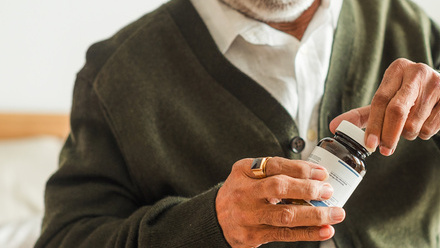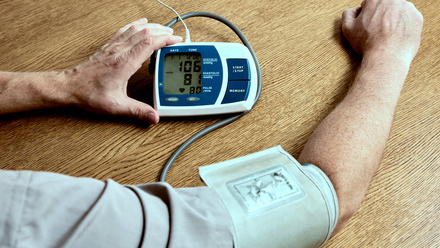Exercising caution
Stretching exercises are widely used and recommended for improving our range of motion, preventing injuries and improving balance. These techniques are often performed manually by physiotherapists but this puts them at risk of developing work-related musculoskeletal disorders as they often have to use considerable force in awkward positions for long periods of time.
Researchers have now worked with therapists and ergonomists to design and evaluate an assistive device for performing stretching techniques on heavy lower limb muscles, such as hamstrings and calves.
The user-centred approach has two main features; a spatial table with four moveable sections and a mast tower stretching system. The table has a backrest to support the upper body, arms for supporting the lower limbs and pedals for the feet. The arms have thigh and leg parts connected by hinges for free movement.
The prototype was tested on 32 healthy volunteers and assessed using the System Usability Scale (SUS). If the SUS score is above 68/100, usability is deemed above average. The stretching device’s score was 87.42 +/-7.08.
The research, published in Human Factors in Healthcare, said: “This study is the first to design an assistive device for stretching lower limb muscles using a participatory approach. Using this device, therapists can stretch the hamstrings, calves, iliopsoas, quadriceps, hip adductors, hip abductors and gluteus muscles with minimal physical exertion, replacing manual stretching. This assistive device ensures proper stretching by maintaining joint alignment throughout the process. This assistive device fits at least 92% of individuals anthropometrically and received favourable usability ratings from therapists, making it well-suited for use in rehabilitation clinics.”
But they added: “It is important to note that this assistive device cannot fully replace therapists… effective therapeutic stretching requires an in-depth understanding of joint structures and the appropriate execution of each stretch, which is a specialised skill possessed by therapists.”






